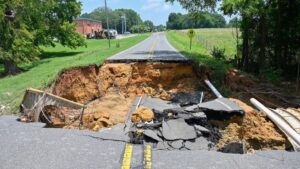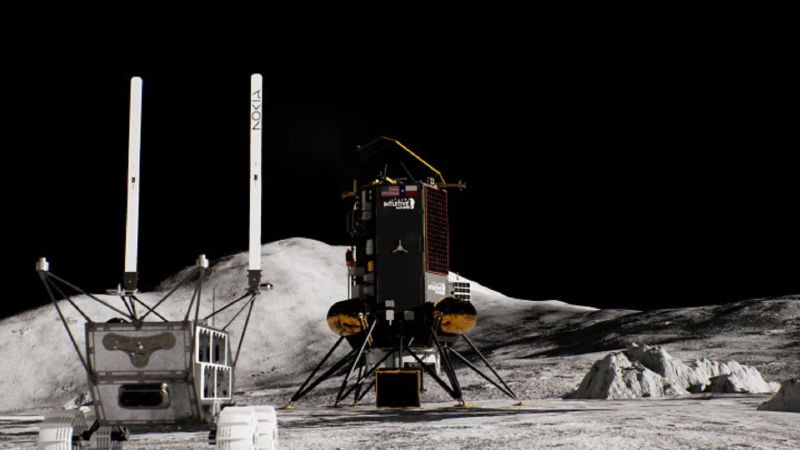In a groundbreaking collaboration, NASA and Nokia are teaming up to establish a cellular network on the Moon to pave the way for future human exploration of other planets. With a SpaceX rocket set to launch this year carrying a 4G network unit, NASA’s Walt Engelund explains the challenges of creating a space-qualified cellular system that can withstand the harsh lunar environment. Nokia’s Bell Labs is constructing the network unit, which will be installed at the Moon’s south pole by a lander made by Intuitive Machines.
The network will connect to two roaming vehicles tasked with searching for ice on the Moon. The Lunar Outpost rover will explore the Shackleton Connecting Ridge area, while the Micro-Nova hopper will scan a crater for evidence of Moon ice. The images collected by these vehicles will be transmitted back in near real-time via the cellular network, potentially revolutionizing our understanding of lunar resources.
For NASA’s Artemis program, which aims to return astronauts to the Moon, this cellular connectivity is essential. Engelund emphasizes the importance of communication for future missions, enabling high-resolution video transmission and scientific data sharing. The ultimate goal is to establish a lunar communications network that will allow astronauts to communicate as easily as if they were on Earth.
Bell Labs was selected for this project as part of NASA’s Tipping Point initiative, positioning them for a key role in the future space economy. Nokia’s Thierry Klein highlights the importance of communication technologies in sustaining a human presence on the Moon and enabling robotic operations for resource mining and scientific research.
Beyond space exploration, this technology could have commercial applications on Earth, as compact, durable network equipment could be deployed in remote or harsh environments. Klein points out the benefits for industrial sites, public safety, emergency response, disaster recovery, and defense.
With the launch of this 4G network to the Moon, NASA and Nokia are taking a significant step towards establishing a sustainable human presence beyond Earth, laying the groundwork for future exploration and discovery.











